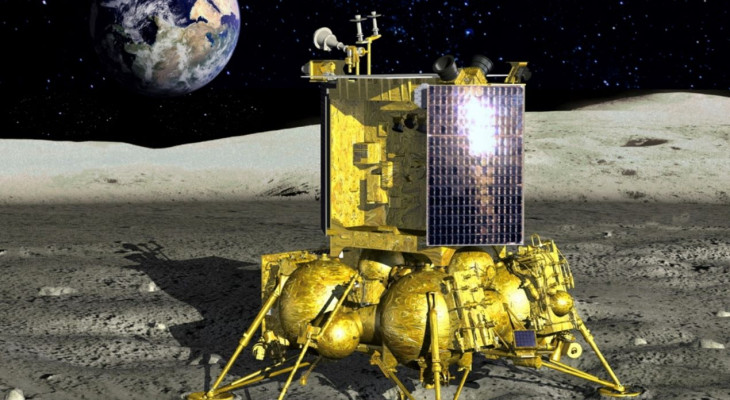The Slingshot Technique puts Aditya L1 closer to Sun
Aditya L1 departs from the Earth’s orbit via the slingshot technique. It is the brain of the ISRO scientists that…

Luna 25
India has been an old ally of Russia but a space race has commenced between the Two space giants. India launched its Space Mission Chandrayaan-3 on 14th July 2023 and Russia launched its mission weeks after its Indian counterpart, i.e. on 11th August 2023. Despite India’s mission being launched earlier, Russia is expected to reach the Moon’s south pole two days before the Chandrayaan-3.
The Luna-25, as its name suggests, is the successor of Luna-24, which was Russia’s (the Soviet Union at that time) last mission to the moon, in 1976. The Russian space agency, Roscomos, informed us about the launch of the satellite. The organization posted on Russian social media on Friday that the Soyuz 2.1b rocket launched into orbit. The Luna-25 probe, which will “analyze the soil, study the upper layer of regolith, and the lunar exosphere,” is carried by the rocket. The International media also covered the news. According to some unknown sources, after landing, the Luna-25 will spend a year performing research at the South Pole of the moon. Scooping up samples of dirt and drilling through water-ice are two examples of experiments.
Like other countries, pride is attached to the space mission in the case of Russia too. Russia has been facing sanctions from the Western World after the Ukraine-Russia war started on 24th February 2022.
Amid the heaviest sanctions to date, becoming the first country to set foot on the South Pole of the Moon would undoubtedly bolster Russian prestige. According to the some sources, Russian President Vladimir Putin is a big fan of the Soviet space program and is focused on reproducing that achievement in the face of Western sanctions as part of his plan to bring Russia back to its former glory.
It may be surprising but the Chandryaan would take more time to reach the south pole of the moon, despite Russia launching its mission Weeks after, Luna can be the first one to set foot on the surface of the South pole. Some of the reasons behind Luna becoming the First to land may be, it’s lightweight compared to Chandrayaan-3. Luna weighs 1750kg, while Chandryaan weighs 3900 kg. The other reason is the less fuel-carrying capacity of the Indian satellite. The orbit of the spacecraft was expanded after it was launched around the Earth in a series of maneuvers to aid in its ascent to velocity. The spacecraft was subsequently hurled toward the direction of the moon, arriving there roughly 22 days after launch. Chandrayaan-3 will slow down its orbit and velocity around the moon during the next few days in order to be ready for the soft landing attempt that is probably going to happen on August 23.
On the other hand, a spaceship that is not concerned with fuel efficiency can travel directly to the Moon without taking such a detour. The duration of the voyage is shortened in this way. According to reports, this is not the first occasion that a spacecraft launched after an Indian mission has arrived first. The situation is similar to the 2013–14 Martian launch season, when NASA’s Atlas V (Mars Atmosphere and Volatile Evolution or MAVEN) launched on November 18, 2013, and entered Martian orbit on September 21, 2014, while ISRO’s Mangalyaan launched on November 5, 2013, and reached Mars orbit on September 24, 2014.
It is also noted that MAVEN was in Earth orbit immediately after launch and traveled more quickly towards Mars than Mangalyaan, which needed 10 days to “raise orbit.” That is comparable to the current interaction between Chandrayaan-3 and Luna-25.
Advertisement